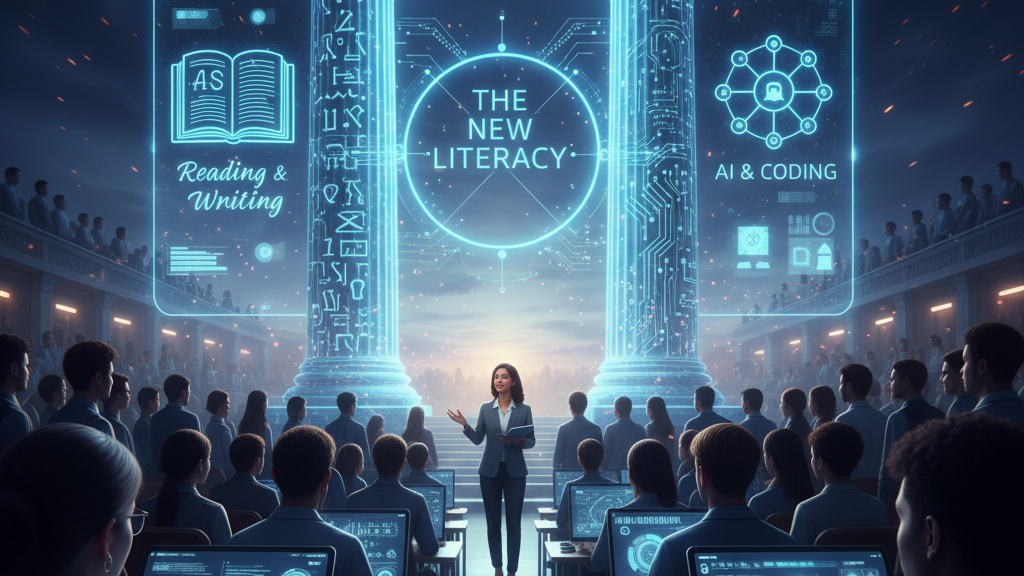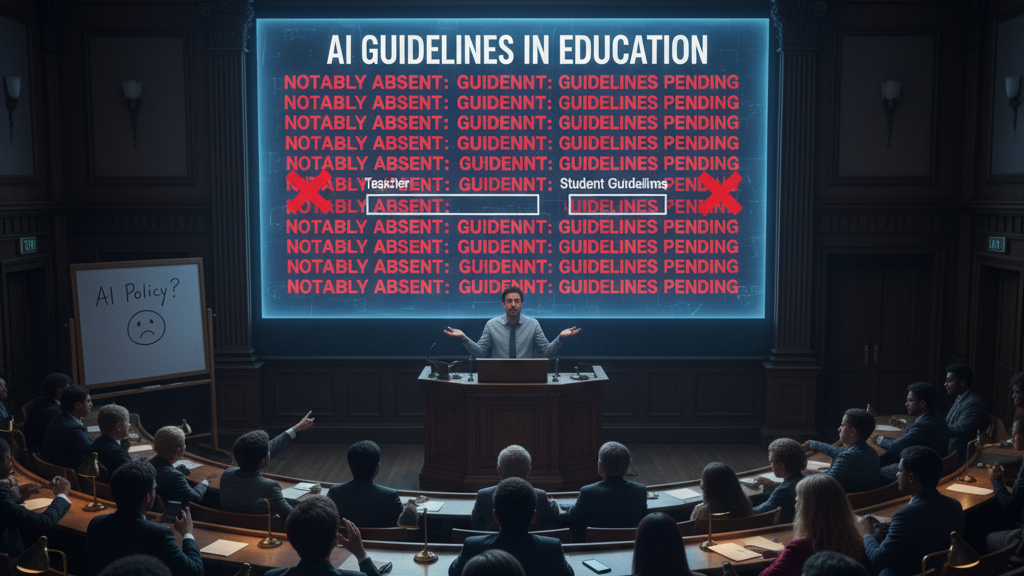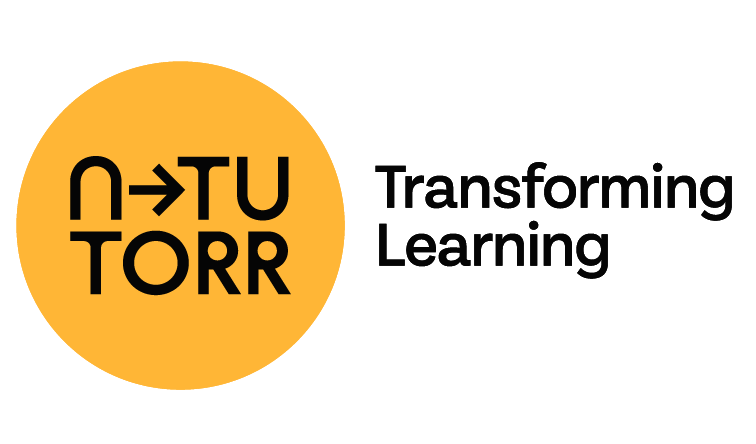
Source
Psychology Today
Summary
The article argues that as AI becomes pervasive, society is developing a new kind of literacy—not just how to read and write, but how to prompt, evaluate, and iterate with AI systems. AI extends our reach like a tool or “racket” in sport, but it can’t replace foundational skills like perception, language, and meaning making. The author warns that skipping fundamentals (critical thinking, writing, reasoning) risks hollowing out our capacities. In practice, education should blend traditional learning (drafting essays, debugging code) with AI-assisted revision and engagement, treating AI as augmentation, not replacement.
Key Points
- AI literacy involves encoding intent → prompt design, interpreting output, iteration.
- Just as literacy layered on speaking/listening, AI layers on existing cognitive skills.
- Overreliance on AI without grounding in fundamentals weakens human capabilities.
- Classrooms might require initial manual drafts or debugging before AI enhancement.
- The challenge: integrate AI into scaffolding so it amplifies thinking rather than replacing it.
Keywords
URL
https://www.psychologytoday.com/us/blog/the-emergence-of-skill/202510/ai-as-the-next-literacy
Summary generated by ChatGPT 5





